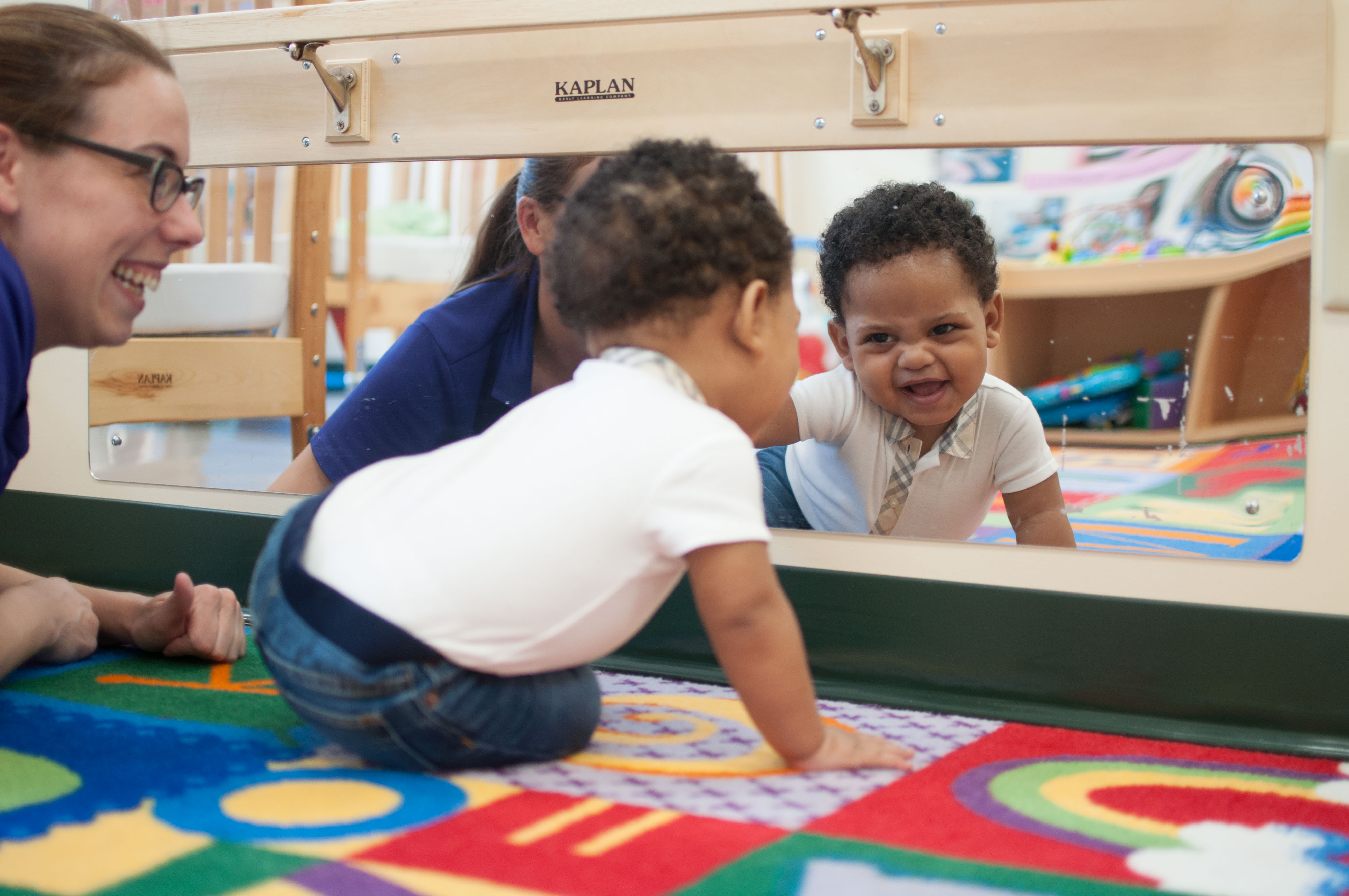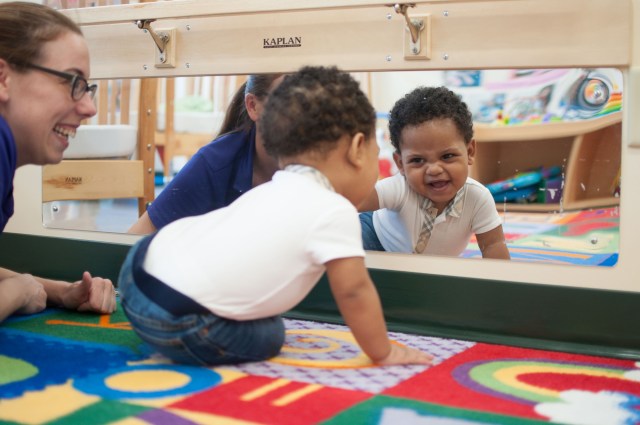
We’ve heard a lot about how resilient our children are and have been throughout this pandemic, and it’s true. But we also must remember that children, and adults, are not born resilient. Resiliency is a learned skill that requires constant practice.
When children experience a traumatic event, like this year-long pandemic, where they can’t see their friends, can’t hug grandparents, can’t celebrate birthdays and holidays, you may notice they get angry or act out, and that is because they need help regaining control and establishing a more positive mindset. Other behaviors you may see that indicate this need for control are hitting/biting, tantrums, becoming overly emotional, trying to escape or hiding.
If you start to notice your child exhibiting one or more of these behaviors, there are areas you, as a parent, can focus on to help them bounce back, maintain a positive attitude and cope with stress. Validating feelings, promoting quality relationships and interactions, and creating safe, secure environments, are all ways you can help your child flex their resiliency muscle.
The most important way to promote resiliency is by following a pathway of validating feelings and expressing understanding for what children are going through. It is important for them to know that we understand and care about how they’re feeling. Quality interactions and strong family relationships can help children identify their feelings. Even the youngest of children, who might not know the emotion they are feeling or be able to give it a name, can share how they feel through visuals or by reading a book about the feeling. It’s imperative to let children know that not only are they going to be safe and secure, but that these feelings are real and valid. The ability to identify those feelings is what leads to resiliency.
Additionally, creating a safe, secure environment for your children also helps build resiliency. During the pandemic, children have largely spent most of their time at home or at school/childcare, so focus on safety and security in both of those environments.
Here is a list of specific things you and your children can do at home and at school to help build resiliency:
1. Create a routine so they know what’s going to happen every day
2. Build visual schedules that show their routine via pictures so they see the events of their day.
3. Provide continuity of care for children
4. Make sure interactions with teachers, other children and at home are positive
5. Build and focus on those “how are you feeling” type questions
6. Validate your child’s feelings by helping them name the feelings and give them techniques for moving through those feelings
7. Establish cozy corners – a quiet place children can go when they’re having “big emotions”
8. Make a sensory bin of things they can touch, squeeze, look at etc.
9. Look in the mirror with your child so they can see their emotions
10. Set up “mindful minutes” to practice breathing exercises, empathy exercises, discuss book recommendations and other activities found at our Facebook page
11. Seek help if you are a parent or caregiver who demonstrates loss of control of your emotions and actions in response to stress – children pick up on how people around them react
Resilience is the foundation of a child’s mental health, confidence, self-regulation, stress management and response to difficult events. We all want our children to feel and be resilient so that they can go grow stronger, even through an event like the pandemic!
